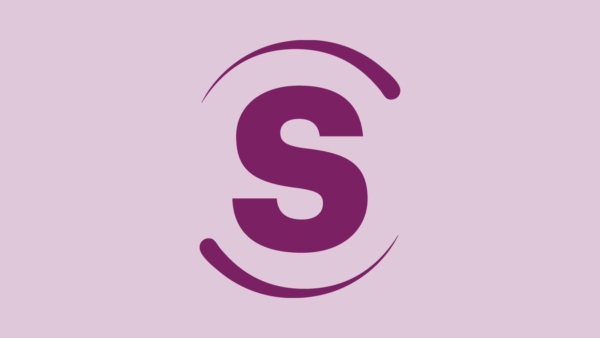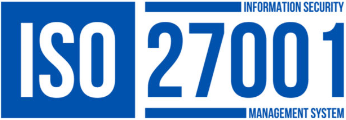Momentum is growing across organisations to re-energise the interview process and provide an alternative to competency based interviews (CBIs). Whilst CBIs have added a great deal of structure to the difficult process of selecting the right person for the role and organisation, an over-reliance on the approach has led to:
- Well-rehearsed candidates – making it difficult to really get to know the candidate, identify a high performer and favouring candidates who can ‘perform’ in such situations
- Rigid structure – which has led to line managers not always fully engaged with the process
- The language of competencies is sometimes difficult for candidates and managers to understand, as it brings too great a focus on current performance.
Based on feedback from delegates at our recent interview skills training workshops, I would like to share some of the stated reasons for embedding strengths-based interviews:
Delivering insights into a candidate’s ‘Effectiveness’, ‘Energy’ and ‘Fit’
Line managers prefer the conversational style of an interview which allows them to get a good sense of what candidates are energised by, how effectively they have applied their strengths and how much of a ‘fit’ the candidate will be for the team and organisation. This is key as research shows peak performance is achieved when employees have the skills/competencies required by the role, love what they do (i.e. have the strengths for the role) and align their competencies & strengths with organisational goals and values. Having additional tools (such as the Strengthscope® strengths profiler) provides another objective data point to validate candidates’ responses and allow for fine-tuned decision making.conv
Everyone understands strengths
The accessibility of the strengths concept makes engaging hiring managers that bit easier. Whilst upskilling line managers is one of the key challenges of introducing this approach (check out Optimize Your Strengths for tips on how to do this), the great majority find the concept very intuitive and incredibly useful to include in an interview. The support they typically need is around how to score candidate responses and how to avoid biases. Equally, candidates find it very easy to talk about their strengths and come away with a positive impression of the client as they are left feeling like the interviewer is really interested in ‘knowing what I am about and what makes me tick’.
Strengths data provides useful insight for on-boarding and development
The scores from a strengths-based interview combined with the insights from a Strengthscope® profile provide invaluable insight around candidates’ core strengths, non-strengths and strengths ‘in overdrive’ (when strengths are used inappropriately for the context), feeding into better hiring decisions and providing a great start point for an on-boarding/development plan for new hires. Most clients agree you cannot see this as a separate process to driving development, so investing in supporting line managers to have engaging performance conversations around new recruits’ strengths will optimise the data collected at interview and get new hires off to the best possible start.
So when designing a strengths-based interview, what are the key things you will need to consider? The tips below come from our clients (such as ASDA and Travis Perkins) who have successfully embedded the approach:
- Get the right stakeholders involved in defining ‘what great looks like’ for a role/part of the organisation
- Ensure there is rigour and structure to defining ‘what great looks like’ – a combination of key stakeholder interviews (line manager and current incumbents) with profiling high and low performers provides confidence around the strengths you decide on assessing
- Create a clear roll out plan and mapping out the support you will provide to line managers to build their confidence and capability. This ensures that you will successfully embed the approach and can calibrate across interviewers
- Keep a focus on outcomes, strengths, agility and learning. This allows you to assess for potential as well as current/past effectiveness and energy.
To find out more about how we have supported clients in embedding this approach, see our client case studies.
Click for more information on how you continue to use the strengths approach across the employee lifecycle.
Silpa Gohil








